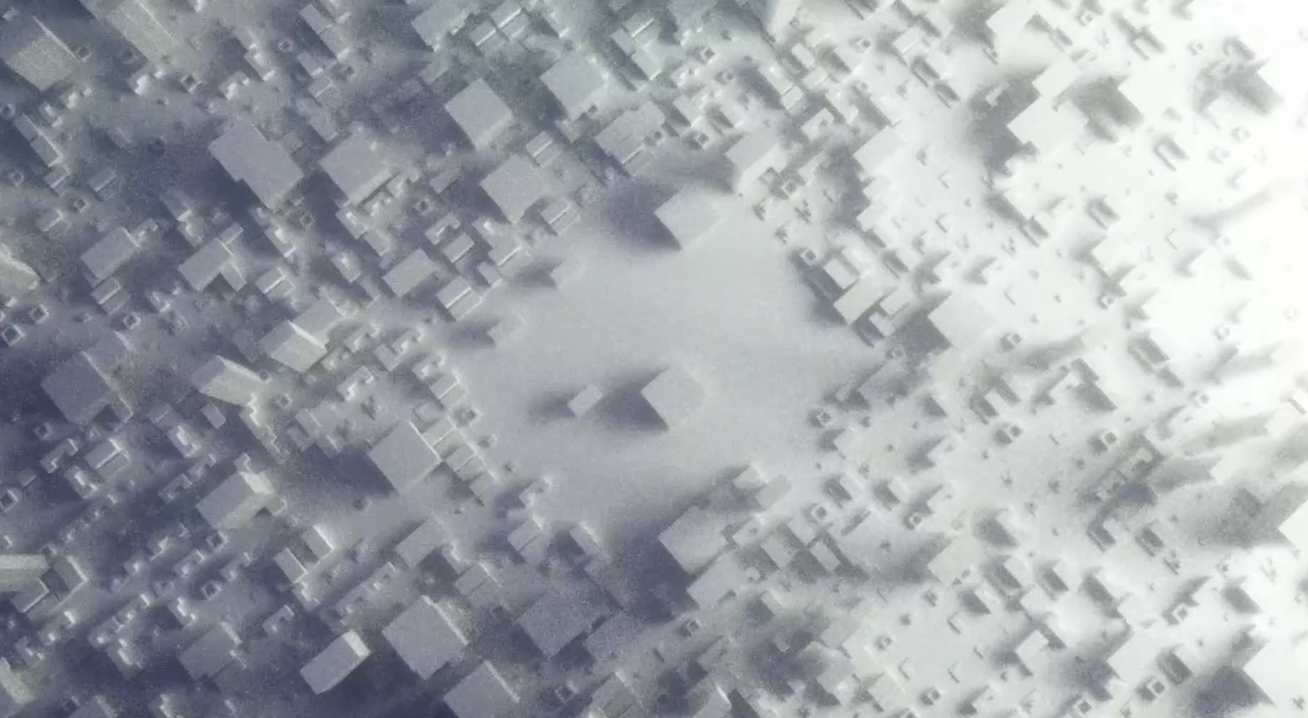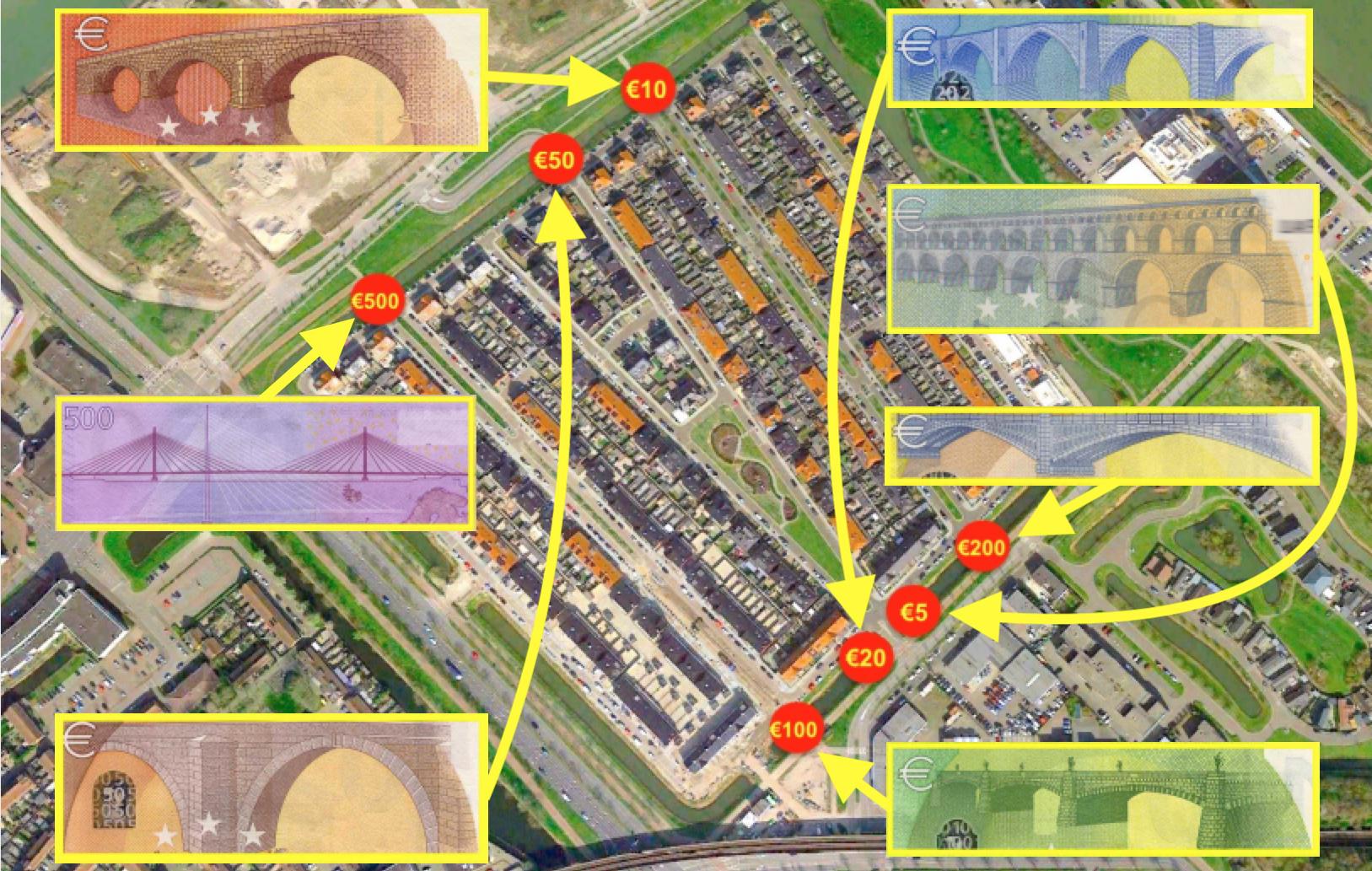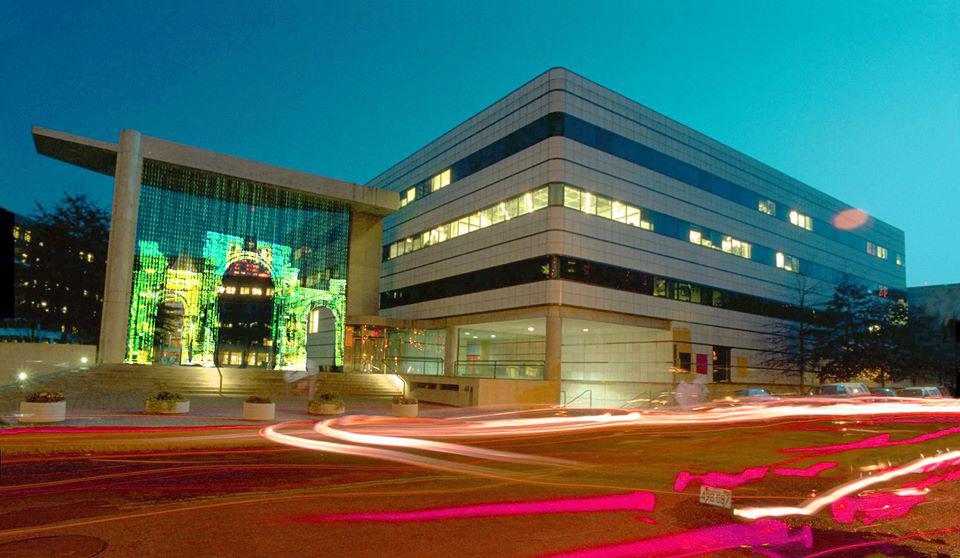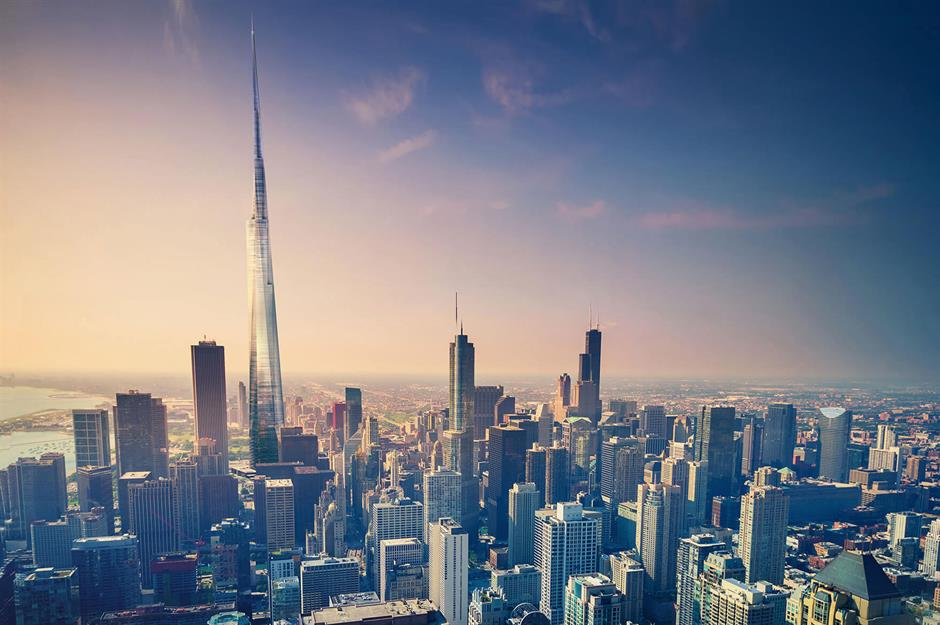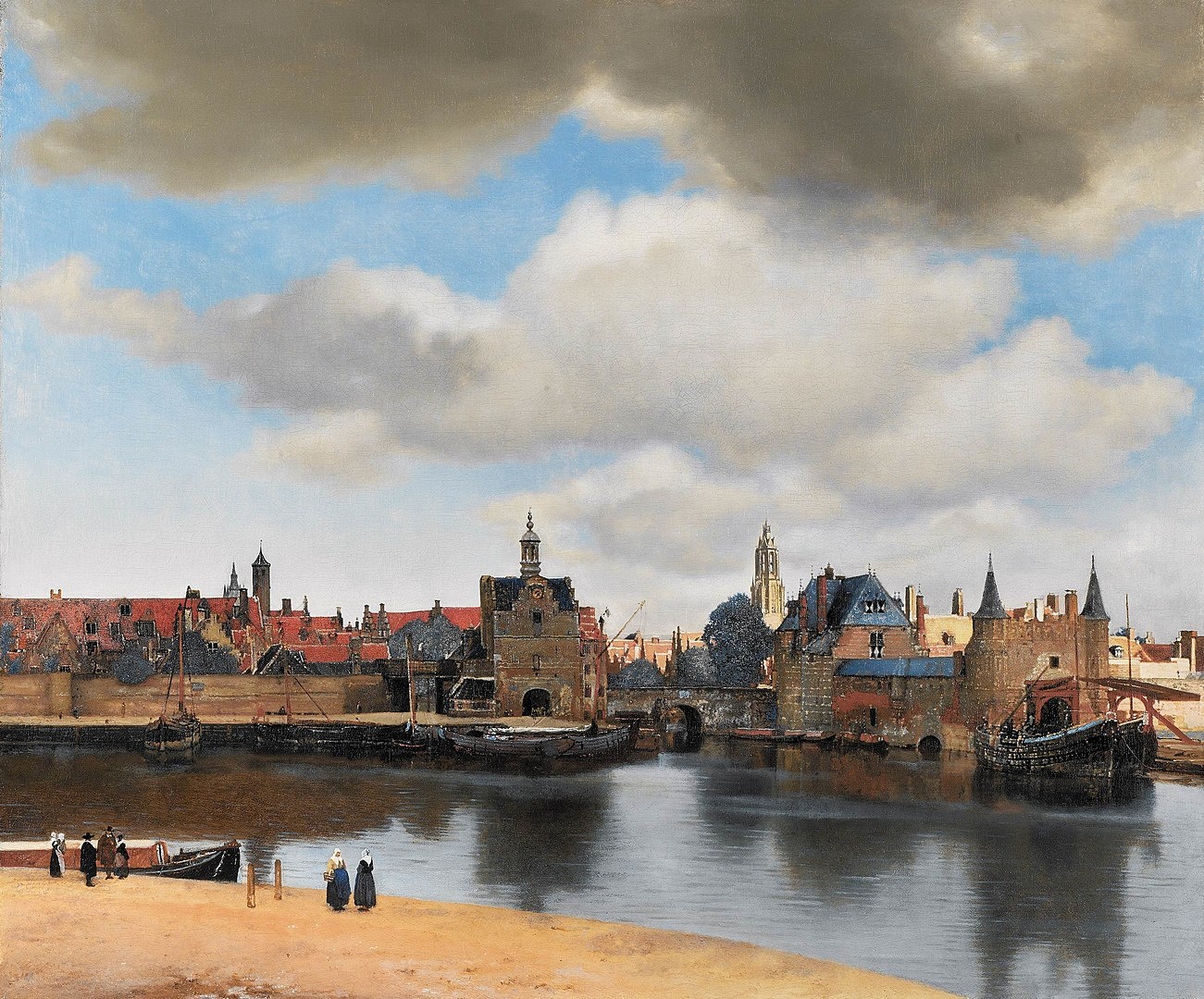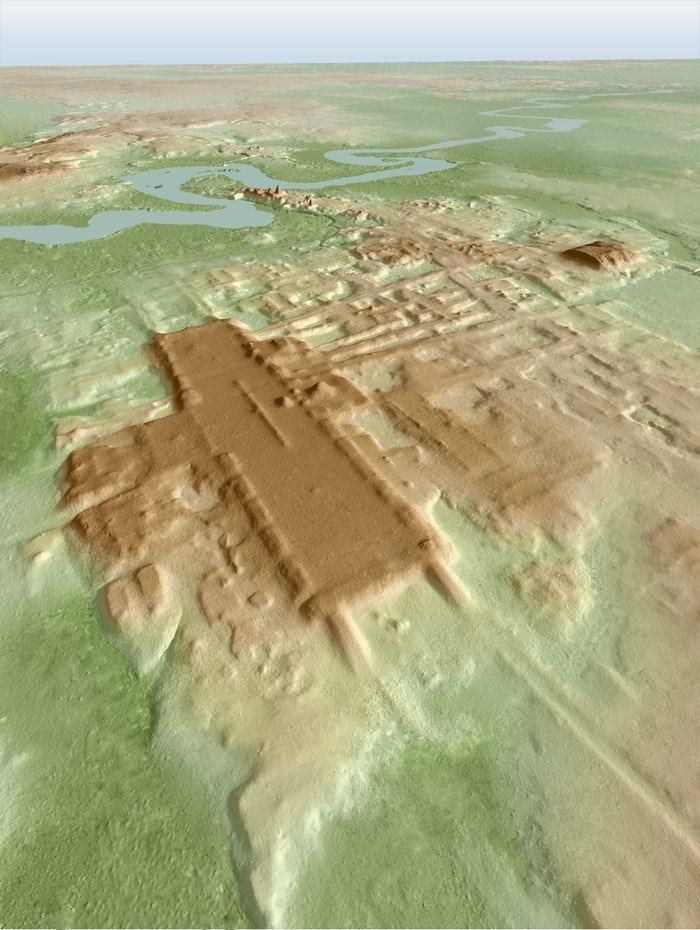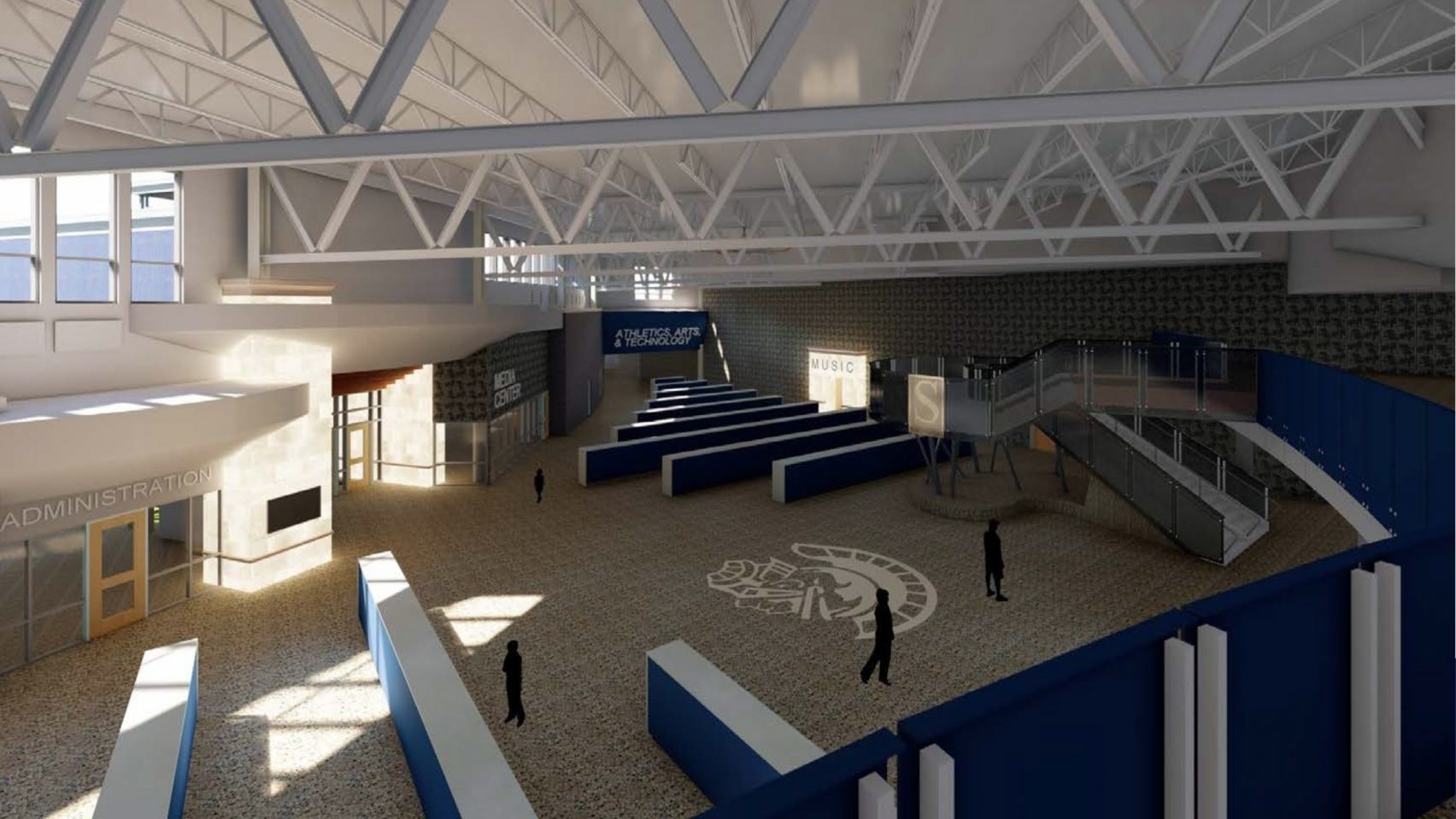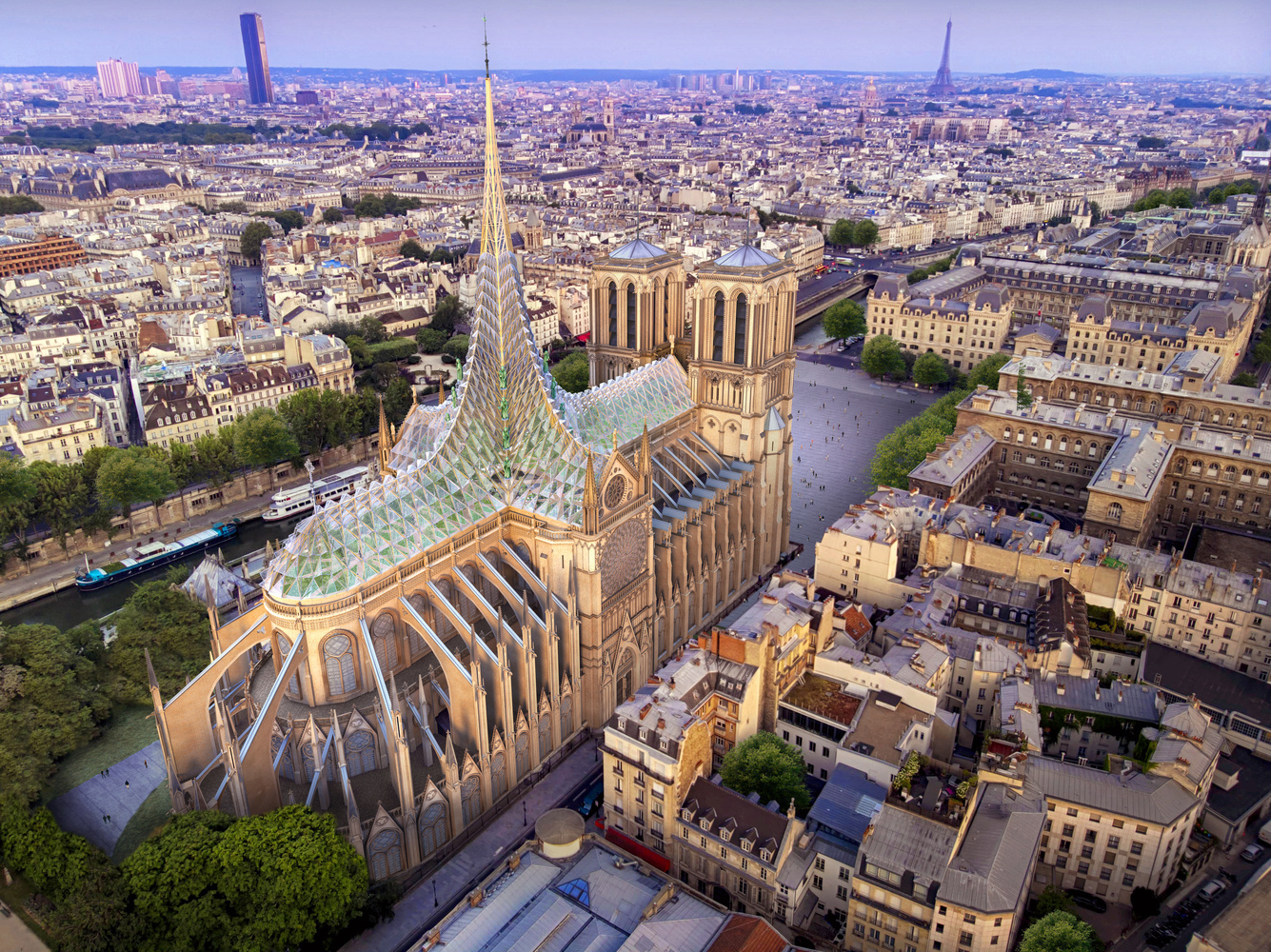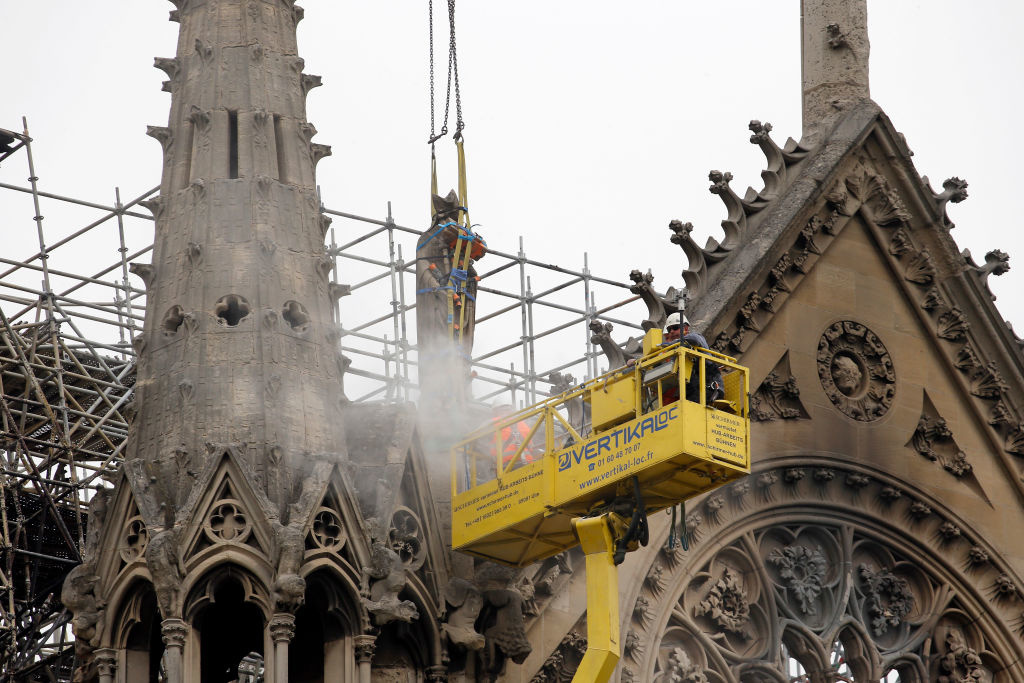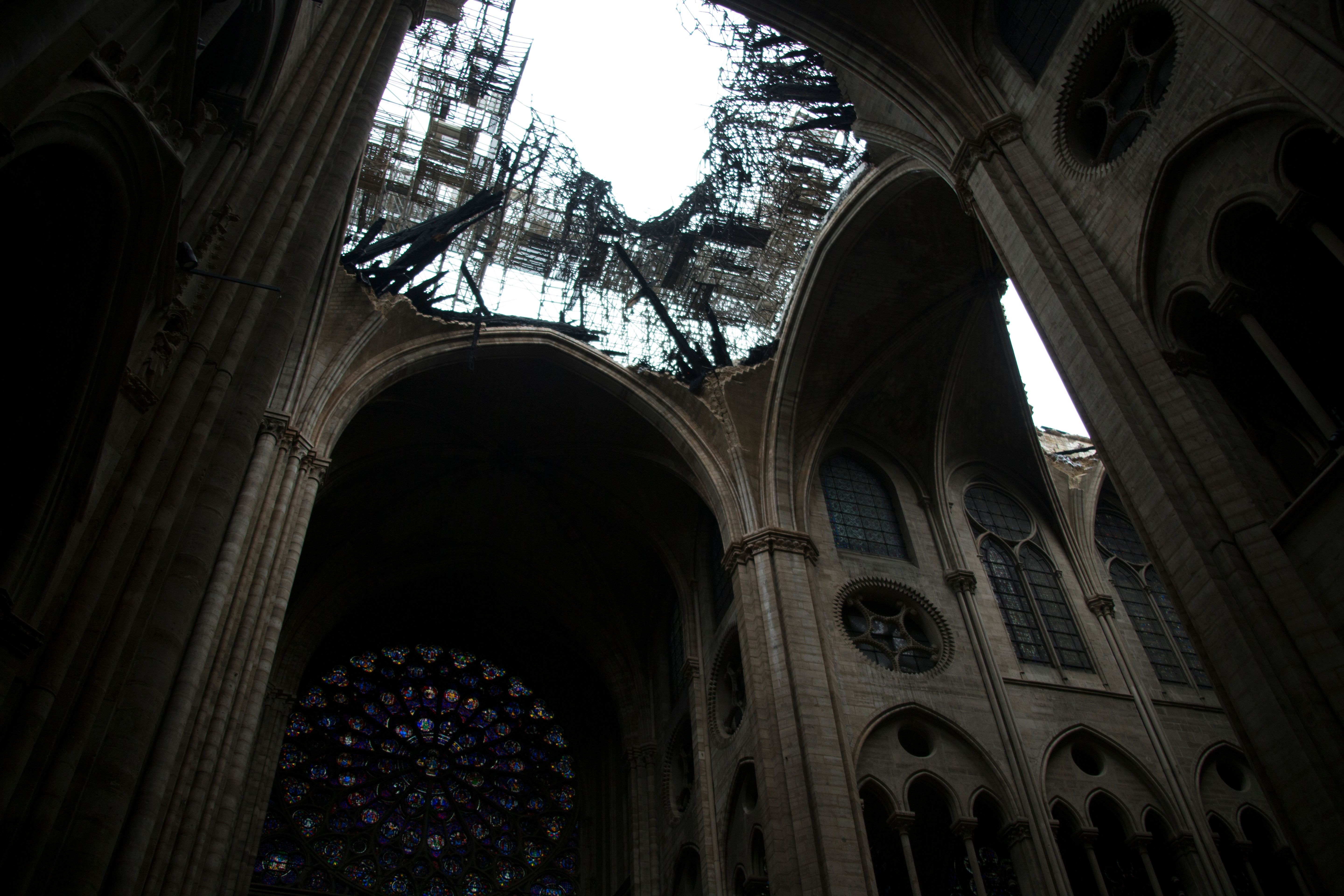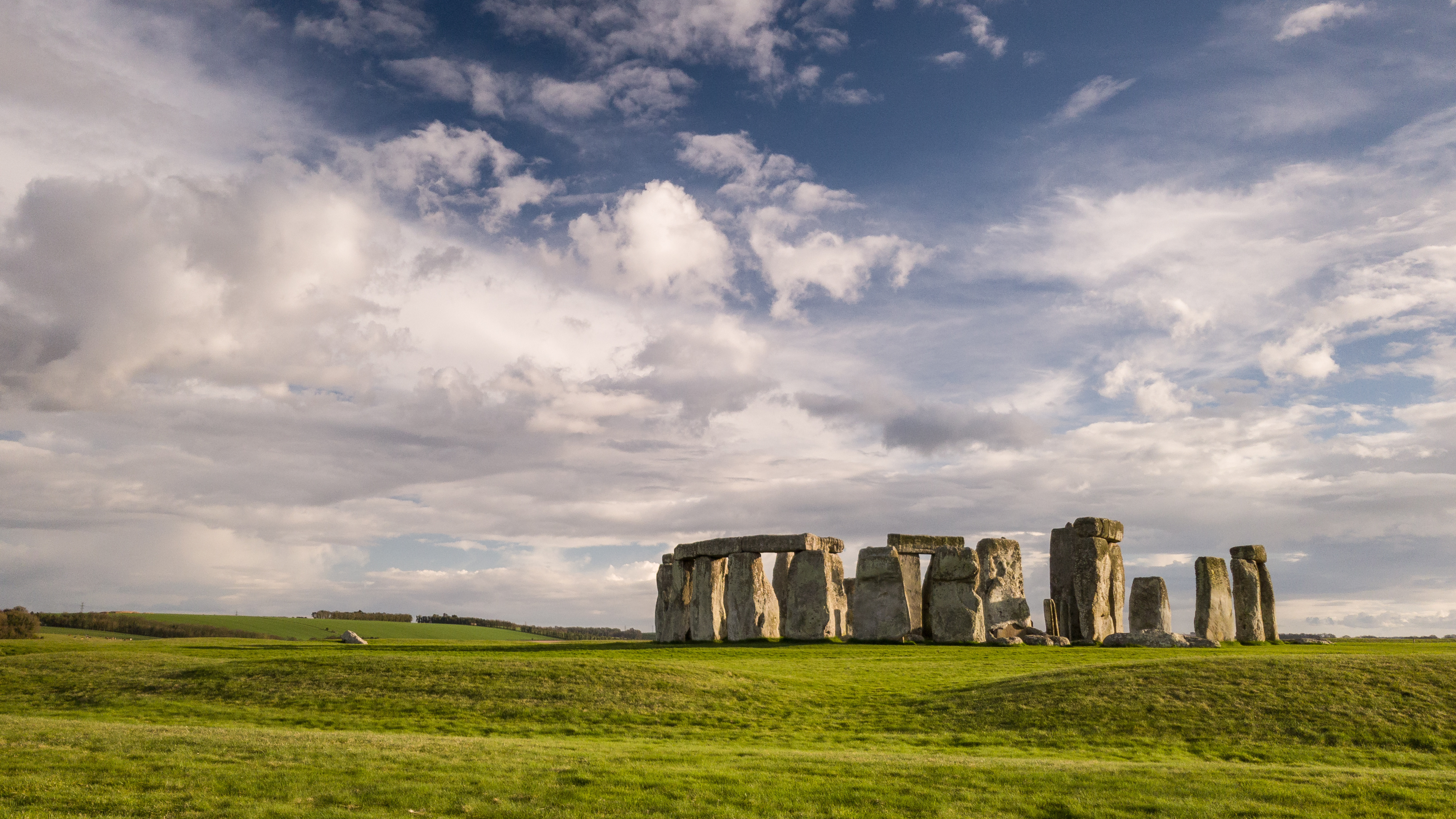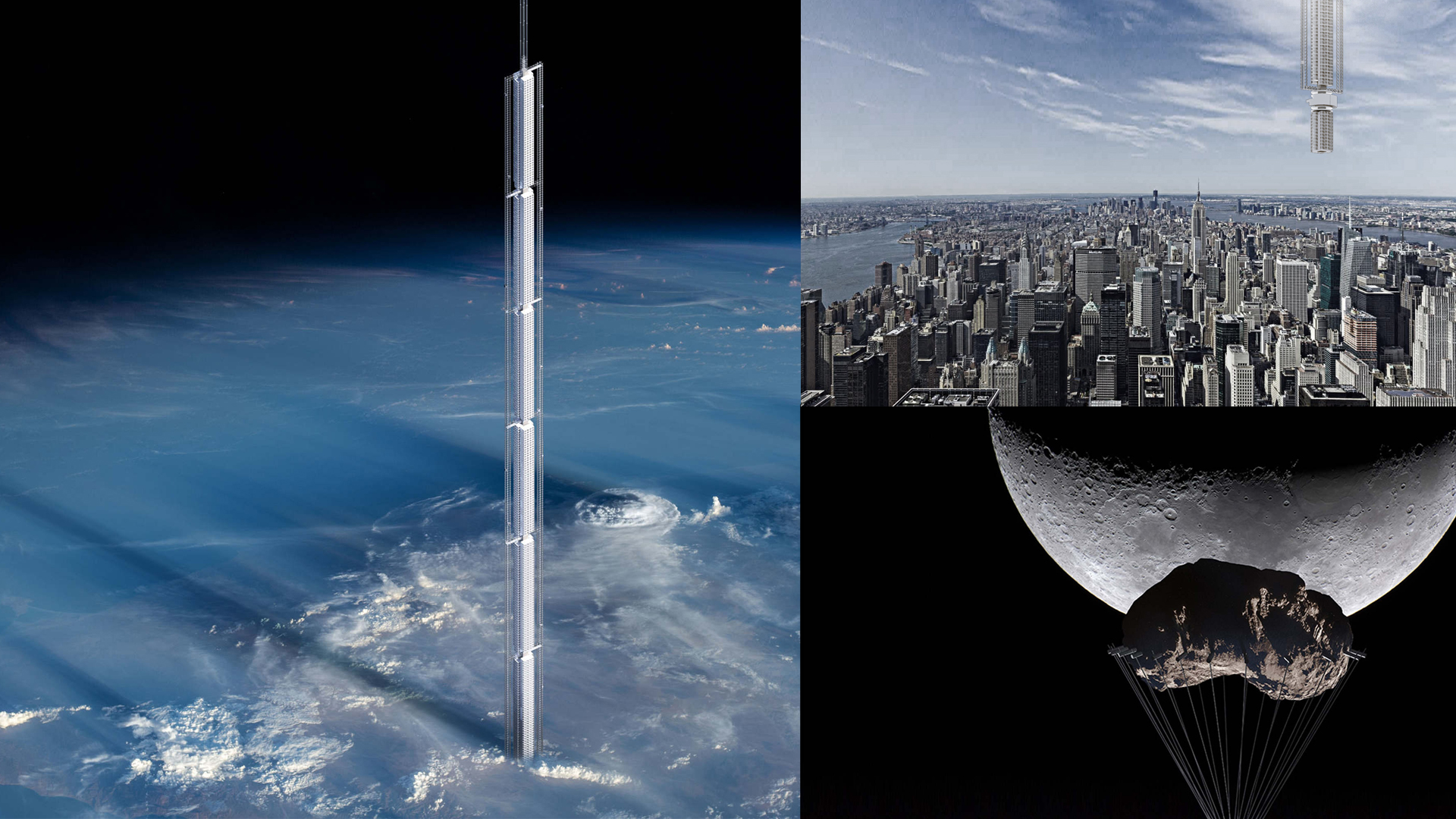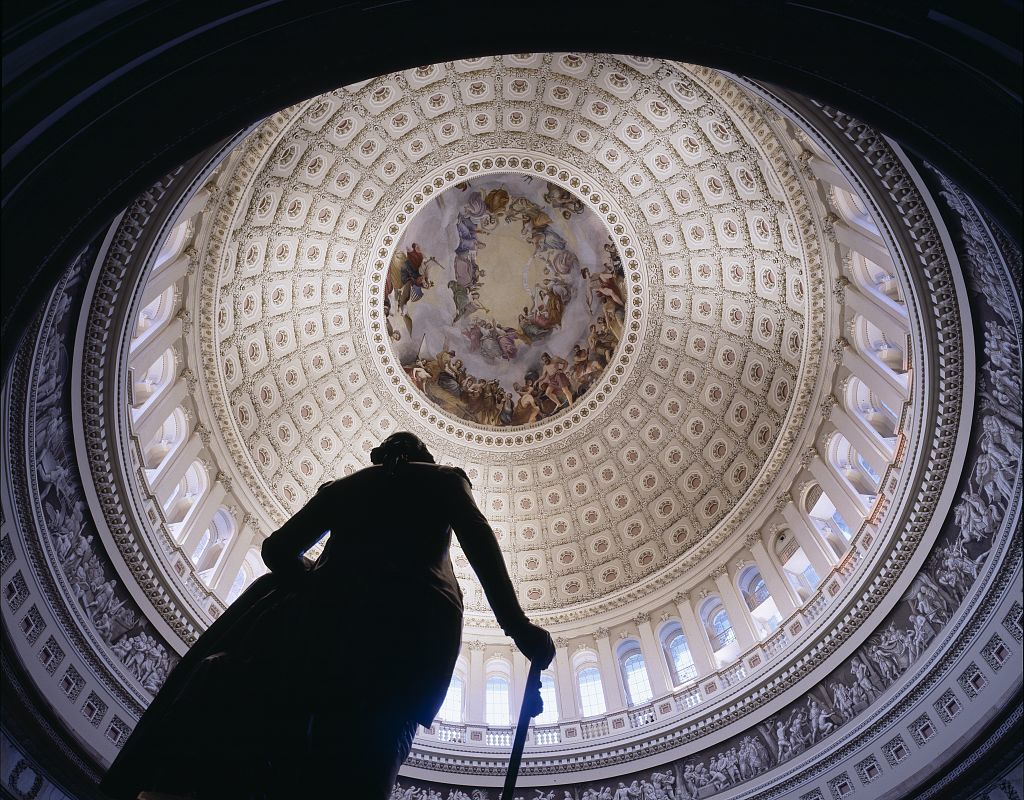architecture
Buildings don’t have to be permanent — modular construction can make them modifiable and relocatable.
The European currency features buildings that didn’t exist, until Spijkenisse made them in concrete
MIT professor Azra Akšamija creates works of cultural resilience in the face of social conflict.
A mile-high tower would not just be a new structure, but a new technology.
Pandemic-inspired housing innovation will collide with techno-acceleration.
Using modern tools, a team of astronomers uses celestial sleuthing to figure out when Vermeer painted his masterpiece “View of Delft.”
Researchers discover a massive ceremonial structure of the ancient Mayans using lasers.
An Italian firm has put forward an idea for a green city that would be completely self-sustaining, modern, and green.
Electrochemical methods such as this could someday dramatically reduce greenhouse gas emissions around the planet.
With little progress on other avenues to preventing mass shootings, one firm has employed architecture to save students.
The “green” proposal would bring a 21st-century update to the 850-year-old cathedral.
The lack of tall, strong oak trees poses something of a problem for the restoration effort.
Digitally recording historical sites could serve as insurance in the case of disaster.
Long hidden under trees, it’s utterly massive.
Minimalism, thought to be a solution to our overstimulated lives, is actually dulling our senses.
▸
7 min
—
with
What if we build from the sky down? NYC architects release designs for a skyscraper that would hang from an asteroid and travel between hemispheres.
Wake up and smell the independence. Thomas Jefferson urged 18th century Americans to think of themselves not as colonial Englishmen, but as a new culture. To that end, he used architecture to serve as a visual reminder of America’s proud new direction.
